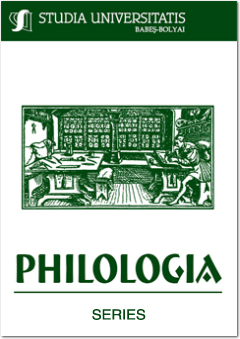READING THE TEXT AS A PRASASTI (PANEGYRIC): A FRESH APPROACH TOWARDS KING KWANGGAET’O STELE
READING THE TEXT AS A PRASASTI (PANEGYRIC): A FRESH APPROACH TOWARDS KING KWANGGAET’O STELE
Author(s): Ken Gardiner, Pankaj MohanSubject(s): Language and Literature Studies
Published by: Studia Universitatis Babes-Bolyai
Keywords: Early Korea; Koguryo; Yamato; Epigraphy; Korea-Japan Relations.
Summary/Abstract: Reading the Text as a Prasasti (panegyric): A Fresh Approach towards King Kwanggaet’o Stele. Kwanggaet’o stele, commemorating the divine genealogy and military conquests of King Kwanggaet’o of Koguryo lay concealed in obscurity until 1876 when it was re-discovered. Soon after its re-discovery the stele caught the attention of scholars from various parts of the world. The paper points out that the purpose of the stele was to glorify King Kwanggaet’o and it sought to achieve this in part by blackening his enemies and exaggerating their power. No part of the text has caused more controversy than the statement that claimed Paekche and Silla as originally subjects of Koguryo and projected King Kwanggaet’o as a victor in a battle with the “Wa’ ‘that crossed the sea, defeated Paekche and Silla and made them their subjects’. There is no evidence other than the stele’s statement (and one might add very little probability) that Paekche had in any sense been ‘subject’ to Koguryo before 391, and Yamato was not in a position to wage war on and subdue the southern Korean states, since it was not in control of Western Japan. The stele is intended to convey the impression that the King of Koguryo was not a naked aggressor, but as a sacred ruler, a cakravartin (the Wheel-turning Ideal King) who came to the assistance of his neighbors against a foreign invader and emerged victorious in all the battles he waged.
Journal: Studia Universitatis Babes-Bolyai - Philologia
- Issue Year: 58/2013
- Issue No: 1
- Page Range: 147-160
- Page Count: 14
- Language: English

